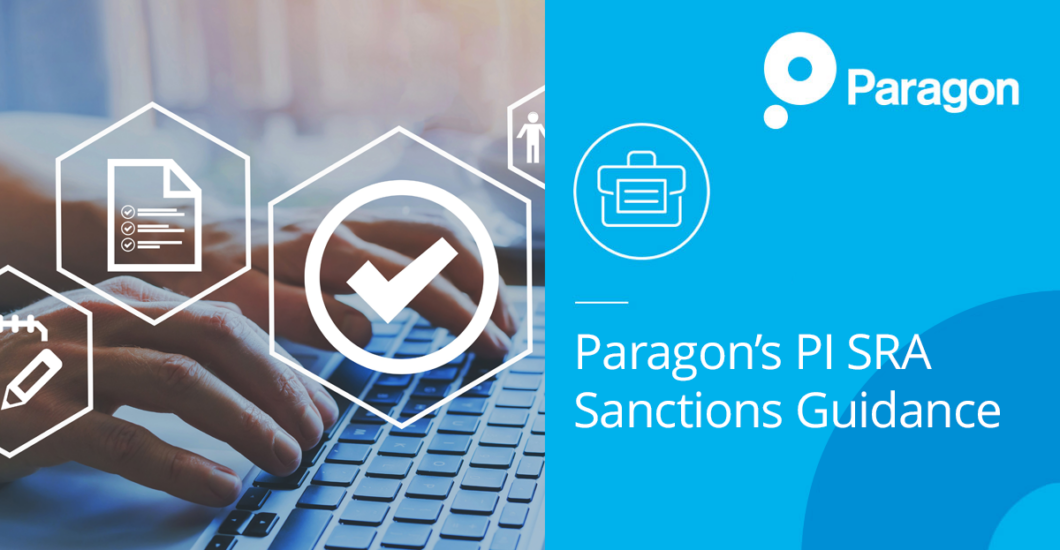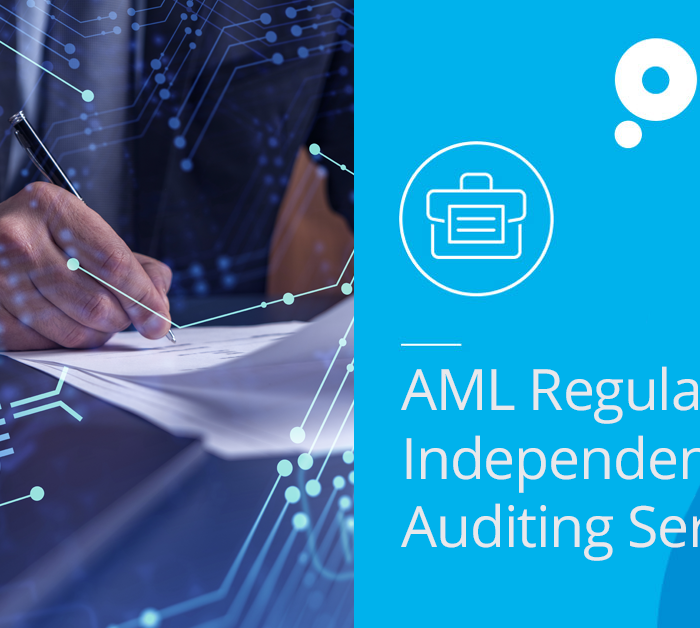Paragon’s PI SRA Sanctions Guidance

In this article, we summarise the Solicitors Regulation Authority’s (SRA) sanctions guidance and offer some practical solutions for firms to consider.
The SRA has provided guidance on how law firms are expected to comply with their legal and regulatory obligations concerning sanctions and, more specifically, the Sanctions and Money Laundering Act 2018 (SAMLA), which applies to all firms whether or not they perform sanctions guidance.
The fundamental principle, and why this applies to all law firms, is that SAMLA makes it an offence to pay or receive monies from a sanctioned person or provide assistance with the transfer of assets. To perform this service, strict requirements require a licence to be provided by the Office of Financial Sanctions Implementation (OFSI). Those practising in this area will be used to engaging with OFSI or relying on a pre-approved blanket certificate. Those who do not will be less familiar and risk falling foul of SAMLA with both regulatory and potentially criminal consequences.
The SRA has made it clear that if a firm engages with a sanctioned person and does not have the appropriate permission, it regards this to be a strict liability breach, and action will be taken. However, the SRA acknowledges this is a risk-based approach and a sanctions check is not compulsory (but is best practice). The SRA asks firms to ensure they do not confuse sanctions checks with checks performed under the MLR 2017, which are compulsory for certain work types.
The warning highlights to firms that sanctioned people and entities might seek to hide their status through:
- concealing their ownership and control of corporate entities.
- converting funds into assets, or vice versa, to disguise them.
- holding assets in a variety of jurisdictions to make them difficult to trace.
- investing in high-value, transportable assets.
They further list the types of firm that could be at risk as being:
- multi-jurisdictional transactions, particularly those involving offshore jurisdictions
- arranging complex corporate structures which could have persons as ultimate beneficial owners
- dealing with high net-worth individuals, or those who hold or have held political office
- providing trusts and company services
- charities, particularly those based in, or providing services to, a jurisdiction subject to a sanctions regime
- high-value transactions including not only real property but assets such as artwork, vessels and aircraft
- shipping and aviation
The SRA drives firms to consider these risks as part of their Firm Wide Risk Assessment (MLR 2017 – Regulation 18 Risk Assessment), in which firms are already obliged to consider a host of risks relating to various topics and more specifically:
- your firm’s customers
- the countries or geographic areas in which you operate
- the products or services which your firm provides
- your firm’s transactions
- how your firm’s products and services are delivered
If the SRA does not regulate a firm for compliance with the MLR 2017 as they handle out of scope work, firms would be advised to perform a shorter risk assessment, which is documented, that sets out the risks of being exposed to sanctioned clients and matters. This would be a much shorter assessment.
Those firms who are regulated to perform work within the scope of the MLR 2017, as stated by the FWRA, should (and must) cover your assessment of sanction related risks.
The SRA has given some advice on some specific points:
- Risk Assessments should be relevant to the size and nature of your business.
- Matter and Client Risk Assessments do not in themselves comply with the requirement to perform risk assessments. The firm is expected to perform a Firm Wide Risk Assessment as this will guide the wider firm and also provide input into both the Matter and Client Risk Assessments.
- The SRA have highlighted that clients who are more at risk of being designated (subject to the sanctions regime) are:
a. be high net-worth individuals or corporate entities owned or controlled by them
b. hold, or have held, political office in another country – though this could be interpreted more widely than the definition of a politically exposed person in the MLR 2017
c. be connected to jurisdictions subject to a sanctions regime
d. use multiple layers of corporate structures to obscure their involvement
e. instruct you through third parties, such as family offices or concierge services - The SRA have helpfully set out the different types of sanction, i.e.:
a. Financial sanctions are directed to people, entities, and vessels.
b. Trade sanctions are directed to countries.
It is also wise to consider the risk and individual or entity which originates from or is domiciled in a sanctioned country or country known to have a high level of fraud and corruption (FATF list) and decide whether a firm can act for a client from such a jurisdiction regardless of their personal sanctioned position or wider risks generally.
- There is a reminder that non clients can also put a firm at risk. For example, if someone else is paying monies (even for legal fees) or someone else is behind a transaction, and that person is sanctioned, this is likely to be regarded as breaching SAMLA. This, it is hoped, would be highlighted in a Matter and Client risk assessment. There is a clear reminder to ensure checks are being made on counter parties.
- The SRA have also provided a helpful table of risk considerations which can be used when performing your Firm Wide Risk Assessment.
To read the full guidance you can click here: https://www.sra.org.uk/solicitors/guidance/sanctions-regime-firm-wide-risk-assessments/. To see the current jurisdictions with a geographical sanctions regime in place you can click here: jurisdictions with a geographic sanctions regime in place.
Guidance
The position is therefore clear and to summarise:
- All firms are impacted by the requirement of SAMLA, not just those regulated for MLR 2017 purposes
- A risk assessment should be performed at the following levels:
a. Firm
b. Client
c. Matter - The requirement for a risk assessment is reduced if the matter you are acting on falls outside one of the in scope categories for the MLR 2017.
a. The buying and selling of real property or business entities (property and land).
b. The managing of client money, securities, or other assets.
c. The opening or management of bank, savings, or securities accounts.
d. The organisation of contributions necessary for the creation, operation, or management of companies.
e. The creation, operation or management of trusts, companies, foundations, or similar structures.
f. Tax advice and guidance (acting as a tax advisor).
g. Trust and Company Service Provision (TCSP). - If a firm acts for and receives monies (directly or indirectly) for a sanctioned person or entity, including the transfer of assets, the SRA regard this as a strict liability offence.
- The SRA has set an expectation for all firms to protect themselves by performing the risk assessment.
Compliance Services from The Strategic Partner
Paragon has partnered with regulation and compliance specialists, The Strategic Partner (TSP) to work with all types of firms from sole practitioners through to large multinationals. TSP can adapt its services to meet the specific requirements of each firm and, in their standard service, work with firms to discuss and deliver their Firm Wide, Client and Matter Risk Assessments.
To see more on how they can support your firm you can visit their website The Strategic Partner or view their packaged product brochures here:
- Risk, Regulation and Compliance Service (including AML)
- Risk, Compliance, AML Guidance and Register Administration Service
You can view how their solutions assist hundreds of law firms in ensuring they are compliant with not just the requirements of SAMLA but the whole regulatory and compliance requirements for law firms.
For further information, please contact:
Janine Parker
E: mailto:jparker@paragonbrokers.com
T: +44 (0)20 7280 8207
M: +44 (0)7920 516 303
This article is published without responsibility on the part of the author or publishers for any loss occasioned by any person acting or refraining from action as a result of any views expressed in the article. Specific risk management advice requires detailed knowledge and analysis of each firm and practice area facts relating to the risk. The information included in this article cannot and does not attempt to satisfy this requirement for any of its readers.
